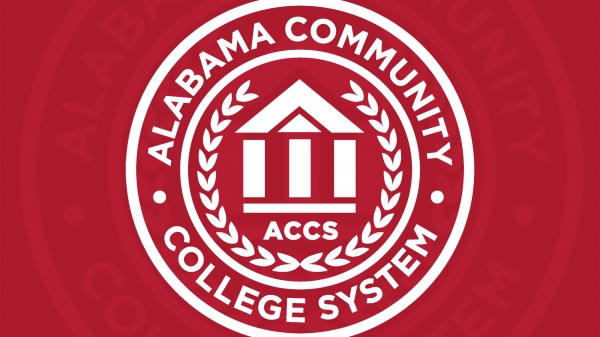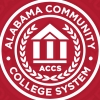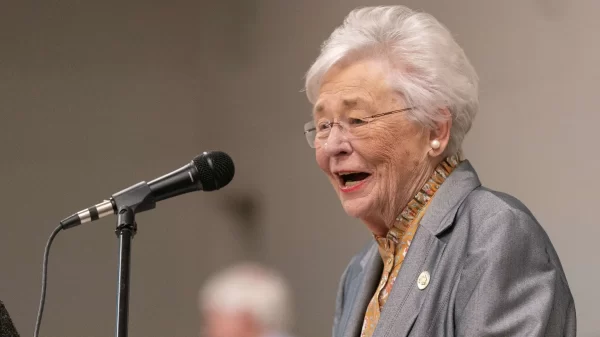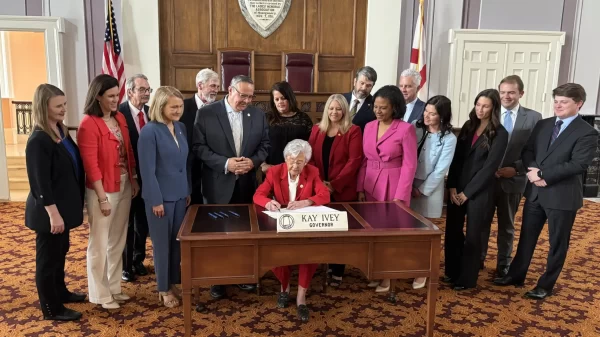This Labor Day, a pressing question reverberates across the United States: “Where are the workers?”
Alabama shares this concern, grappling with just shy of the lowest labor force participation rate in the country. Gov. Kay Ivey rightly emphasized the importance of labor force participation, a sentiment echoed by Lt. Gov. Will Ainsworth’s efforts to elevate Alabama’s workforce.
The reality becomes all our issue. We all have likely experienced much longer waits at a local diner, longer checkout lines at the grocery store, or shipping delays from supply chain hiccups. It’s not uncommon today to pay almost double for the same goods and services as we did two years ago.
While we are blessed to welcome big companies from various countries into our great state, we cannot forget the challenges faced by our smaller, hometown businesses in retaining their workforce. The U.S. Chamber reports that Alabama already starts at a disadvantage, with only 43 potential workers available for every 100 open jobs in the state.
Does it sound like a dire situation? Yes. Can it improve? Absolutely. This is Alabama. We are known for using innovation, collaboration and intention to turn a tough situation into a touchdown for businesses and families.
The Alabama Community College System is uniquely positioned to help advance the workforce landscape. Our influence already touches one of every 27 jobs in the state; we stand ready to impact even more.
Our system is working because we aren’t working alone. Alabama’s leadership, businesses and industry are right alongside us to champion ways that connect residents to opportunity.
Innovation
One promising initiative, “Skills for Success”, is helping workers acquire training and credentials in high-demand industries faster than we have ever offered before. In as little as two weeks’ time and at no cost to the participants or employers, more than 5,000 residents like Andrika Hamilton, Brian Davis and Dylan Hill have signed up for training to earn credentials to work in high-demand industries.
These trainings began a little over a year ago and continue to expand. One of our newest Skills for Success offerings, the free fiber-optic technician and installer training, is underway at our community colleges to help with the state’s recently announced broadband expansion.
Skills for Success is just one of the innovative ways we are making a difference. From Adult Education programs to specialized training and new apprenticeships in healthcare, aerospace and manufacturing, our colleges are opening doors to achievement to help residents improve their quality of life. We also offer the convenience of many credential and degree programs online.
Collaboration
We recognize that not all residents who want to work can do so. We support the Paths for Success Foundation that works with all 24 of our community colleges to assist with the very needs that hinder residents’ ability to get the training they need, such as transportation or childcare.
We also know that we in postsecondary education are not the only ones with the answers. Established in 1963, our colleges are most successful when we connect with business, industry and community leaders to collaborate on plans to strengthen Alabama. This was true with the school bus driver training we created alongside K-12 to train much-needed bus drivers in more than 115 school districts in the state, helping about 2,000 residents successfully become school bus drivers for the state’s children. It is also true with the line worker training we have established at multiple colleges with Alabama Power, and the advanced manufacturing apprenticeships we house in partnership with the Federation for Advanced Manufacturing Education (F.A.M.E.) chapters across the state.
Intention
If our labor force participation rate is going to move from the back of the line to the front, it’s going to have to be on purpose.
Intentional, high-quality, accelerated training can swiftly place individuals into well-paying, in-demand jobs. This kind of training is an obvious benefit to individual Alabamians, but it also helps improve our labor force participation and propels Alabama forward.
We can do this.
This Labor Day, as we ponder the “Where are the workers?” question, let us also contemplate “How can we help residents reach their best success?” The Alabama Community College System’s academic and workforce training programs are a shining example of how innovative workforce training can bridge the worker shortage gap and drive progress for Alabama’s economy and its people.
The Alabama Community College System is committed to helping Alabama achieve excellence in the labor force. We won’t cut corners to help get people to work.





















































